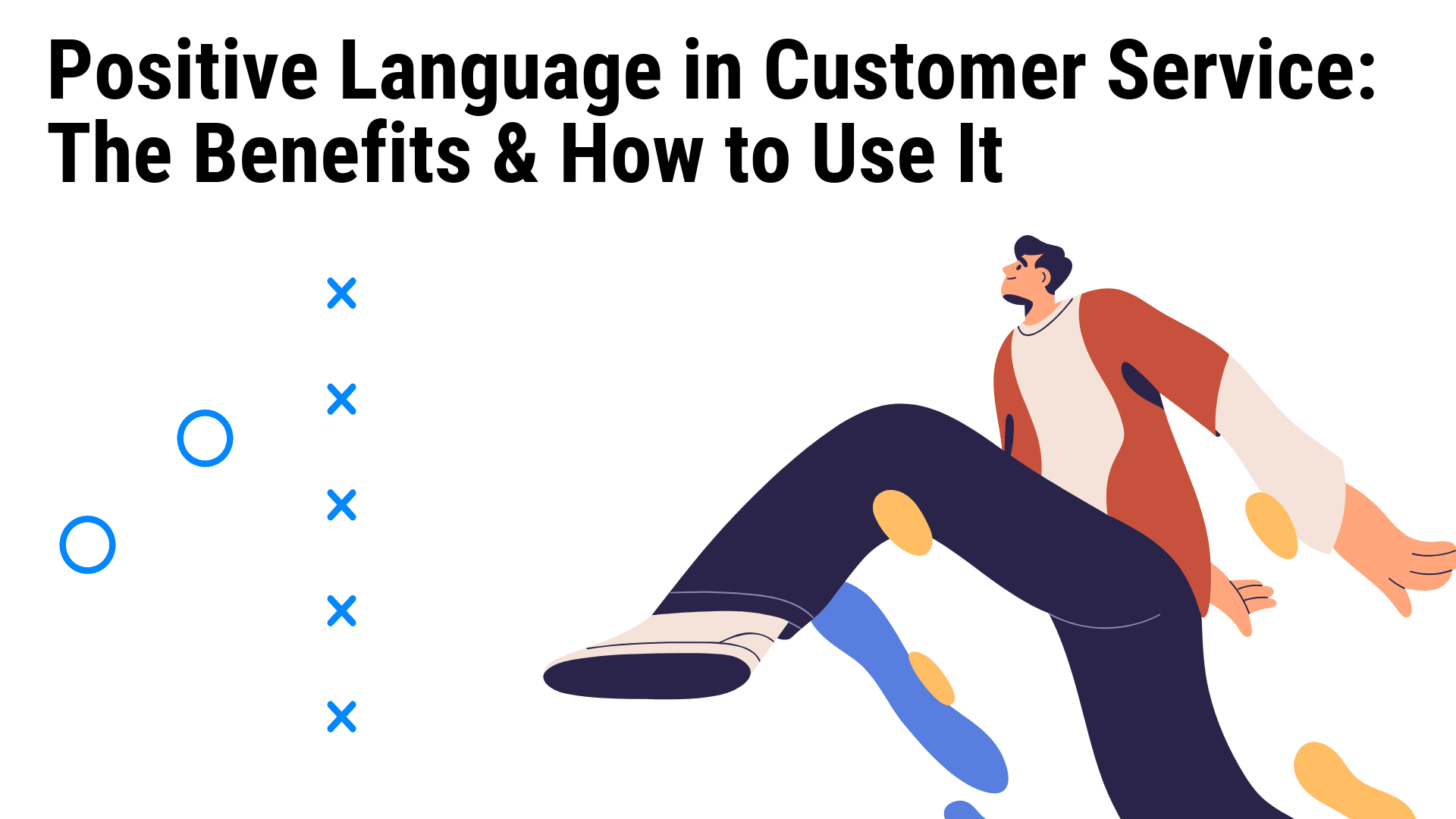Decoding the Blueprint: How to Speak the Language of Your Ideal Customer

You’ve poured your heart and soul into crafting a product or service, a masterpiece born from your vision and expertise. But how do you translate its essence to potential customers, making them see its value and understand why it’s the perfect solution for their needs? The answer lies in mastering the art of communication, specifically by learning to speak the language of your ideal customer.
This is where the power of "features and benefits" comes into play. Imagine your product or service as a beautifully designed floor plan. Just like an architect deciphers the intricate lines and symbols to reveal the functionality and beauty of a building, you need to dissect your offering to understand its core components and translate them into compelling reasons for purchase.
The Blueprint of Persuasion: Features vs. Benefits
Think of features as the raw materials of your product or service, the building blocks that make it what it is. They are the tangible aspects, the "what" of your offering. Benefits, on the other hand, are the intangible results, the "so what" that translates features into value for the customer.
Example:

- Feature: A coffee machine with a built-in grinder.
- Benefit: Enjoy freshly ground coffee, saving time and ensuring optimal flavor.
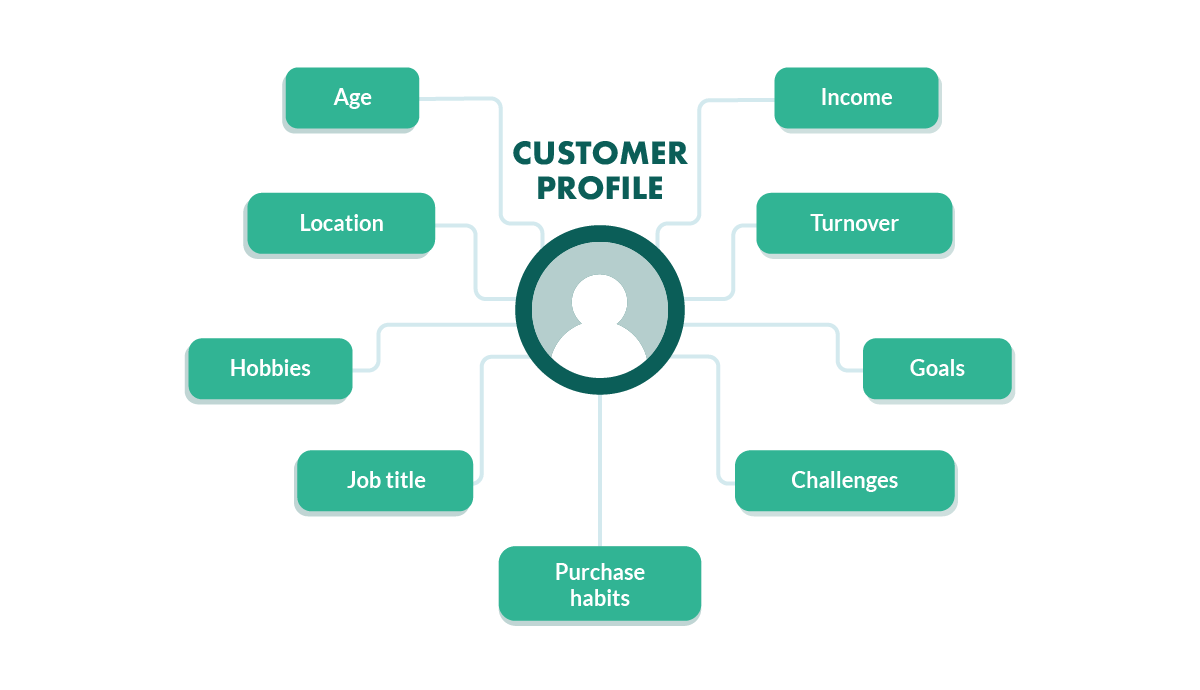
Unveiling the Hidden Treasures: Identifying Key Features and Benefits

To effectively communicate the value of your product or service, you need to pinpoint the features that resonate most with your ideal customer. Here’s a roadmap to guide you:
1. Know Your Customer Inside Out:

- Who are they? What are their demographics, interests, values, and pain points?
- What are their needs and desires? What are they looking for in a product or service like yours?
- What are their motivations? Why would they choose your offering over the competition?
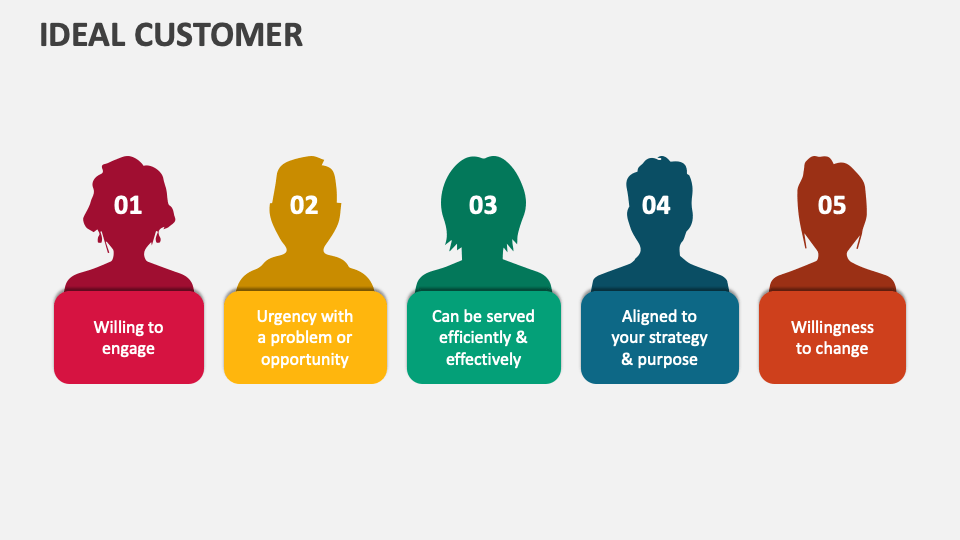
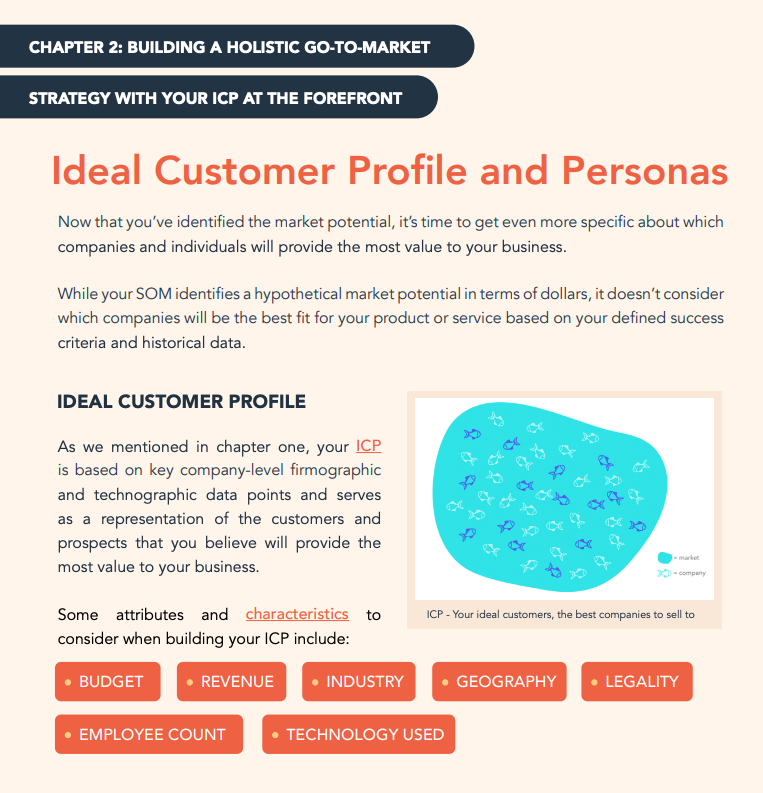

2. Analyze Your Product or Service:
- What are its unique selling propositions (USPs)? What sets it apart from the competition?
- What are its key functionalities? What does it do, and how does it do it?
- What are its advantages? How does it solve problems or fulfill needs?

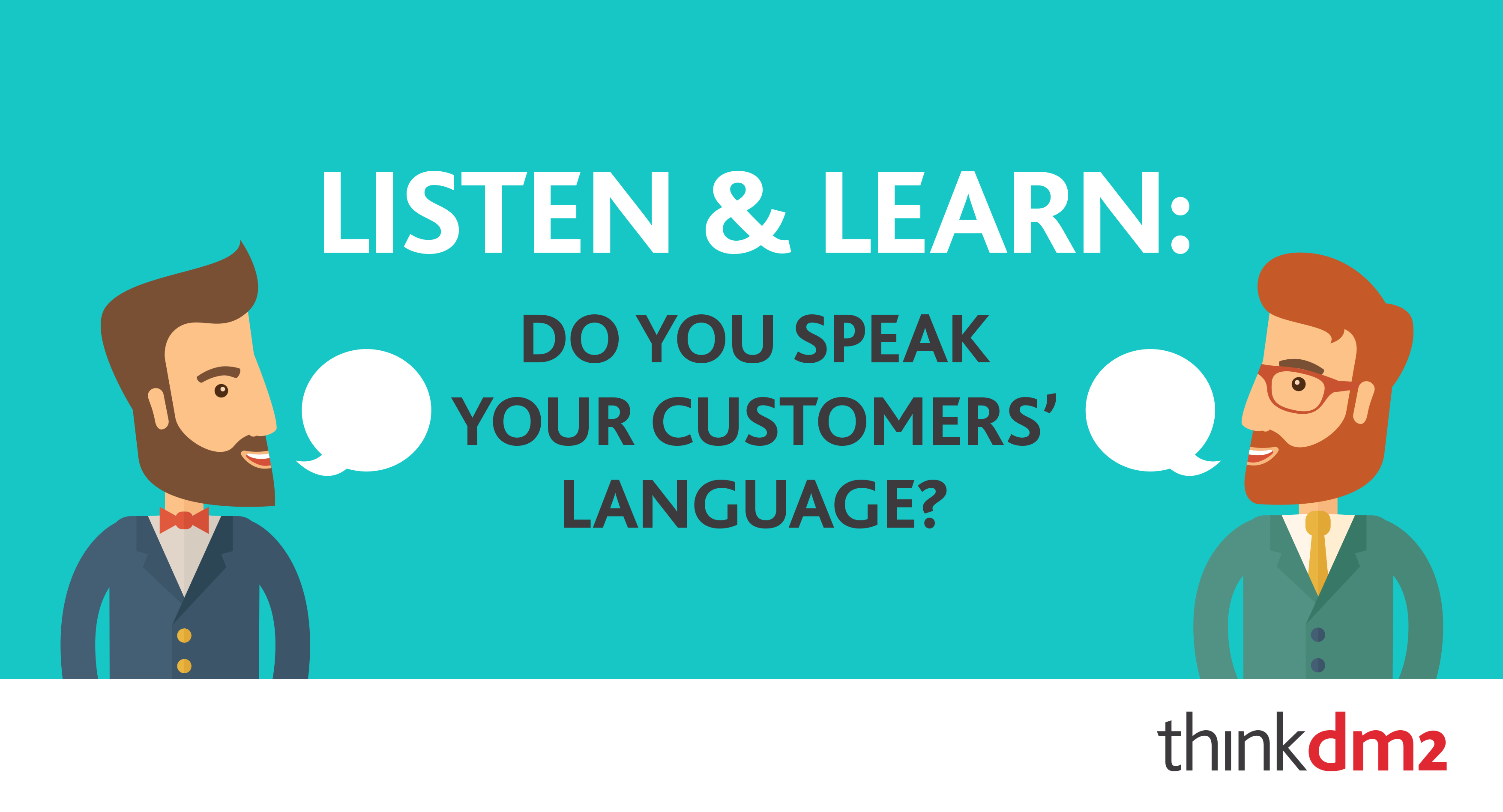
3. Connect the Dots: Features to Benefits
Once you’ve identified the key features and understood your target audience, you can start weaving the magic of benefits. Here’s a simple framework:

- Feature: "This product has a sleek, modern design."
- Benefit: "It will enhance the aesthetic appeal of your home."

4. Go Beyond the Obvious:
- Think about the emotional benefits. How does your product or service make people feel? Does it offer peace of mind, convenience, or a sense of accomplishment?
- Consider the long-term benefits. What are the lasting impacts of using your product or service? Does it save money, improve efficiency, or contribute to a healthier lifestyle?
5. Tell a Story:
- Use compelling narratives. Share real-life stories of how your product or service has positively impacted customers.
- Showcase the "before and after" effect. Highlight the problems your offering solves and the positive transformations it brings.
- Engage your audience with visuals. Use high-quality images, videos, and infographics to illustrate the benefits of your product or service.
The Art of Communicating Value: Crafting a Compelling Narrative
Now that you’ve identified the key features and benefits, it’s time to craft a compelling narrative that resonates with your ideal customer. Here are some tips:
1. Focus on the "Why":
- Explain the "why" behind your product or service. What inspired you to create it? What problem were you trying to solve?
- Connect with your customer’s emotional needs. Appeal to their desires, aspirations, and fears.
2. Use Clear and Concise Language:
- Avoid jargon and technical terms. Speak in a language that your target audience understands.
- Keep your messaging simple and straightforward. Focus on the key benefits and avoid overwhelming your customers with too much information.
3. Emphasize the "You" Factor:
- Use language that speaks directly to your customer. Use phrases like "you can," "you will," and "your experience."
- Highlight the personal benefits of using your product or service. How will it make their lives easier, more enjoyable, or more fulfilling?
4. Build Trust and Credibility:
- Provide testimonials and social proof. Share positive reviews from satisfied customers.
- Offer guarantees and warranties. Show your confidence in the quality of your product or service.
5. Create a Call to Action:
- Clearly state what you want your customers to do. Encourage them to visit your website, make a purchase, or sign up for your newsletter.
- Make it easy for them to take action. Provide clear and concise instructions.
The Power of Storytelling: Crafting a Memorable Experience
The best way to connect with your customers and convey the value of your product or service is through storytelling. Think of it as a journey, a narrative that takes your audience on an emotional roller coaster, revealing the problems your offering solves and the positive transformations it brings.
1. Start with a Problem:
- Identify the pain point your product or service addresses. What challenges are your customers facing? What are their frustrations?
- Create a relatable scenario. Paint a picture of a typical customer struggling with the problem.
2. Introduce the Solution:
- Introduce your product or service as the answer to the problem. Explain how it works and what benefits it offers.
- Use vivid language and imagery. Bring your product or service to life with captivating descriptions and visuals.
3. Showcase the Transformation:
- Describe the positive changes your product or service brings. How does it improve the customer’s life? What are the tangible and intangible benefits?
- Use testimonials and real-life examples. Share stories of how your product or service has made a difference in people’s lives.
4. End with a Call to Action:
- Encourage your audience to take the next step. What do you want them to do? Visit your website, make a purchase, or sign up for your newsletter?
- Make it easy for them to act. Provide clear and concise instructions.
Beyond the Blueprint: A Continuous Journey of Improvement
The process of understanding and communicating the value of your product or service is an ongoing journey. It requires constant feedback, analysis, and refinement. Here are some tips for staying on track:
- Gather feedback from your customers. Ask them about their experiences with your product or service. What do they like? What could be improved?
- Track your results. Monitor your sales, website traffic, and customer engagement metrics. Use this data to identify areas for improvement.
- Stay up-to-date with industry trends. What are your competitors doing? What are the latest innovations in your field?
- Continuously refine your messaging. Experiment with different approaches and see what resonates best with your target audience.
The Power of Understanding: Unlocking the Potential of Your Product or Service
By understanding the needs of your ideal customer and translating the features and benefits of your product or service into a compelling narrative, you can unlock its true potential. You’ll be able to connect with your audience on a deeper level, build trust and credibility, and ultimately drive sales and achieve your business goals.
Remember, the key is to speak the language of your customer, to understand their desires and aspirations, and to show them how your product or service can make their lives better. By mastering the art of communication, you can transform your product or service from a blueprint into a masterpiece, a creation that resonates with your target audience and achieves its full potential.
